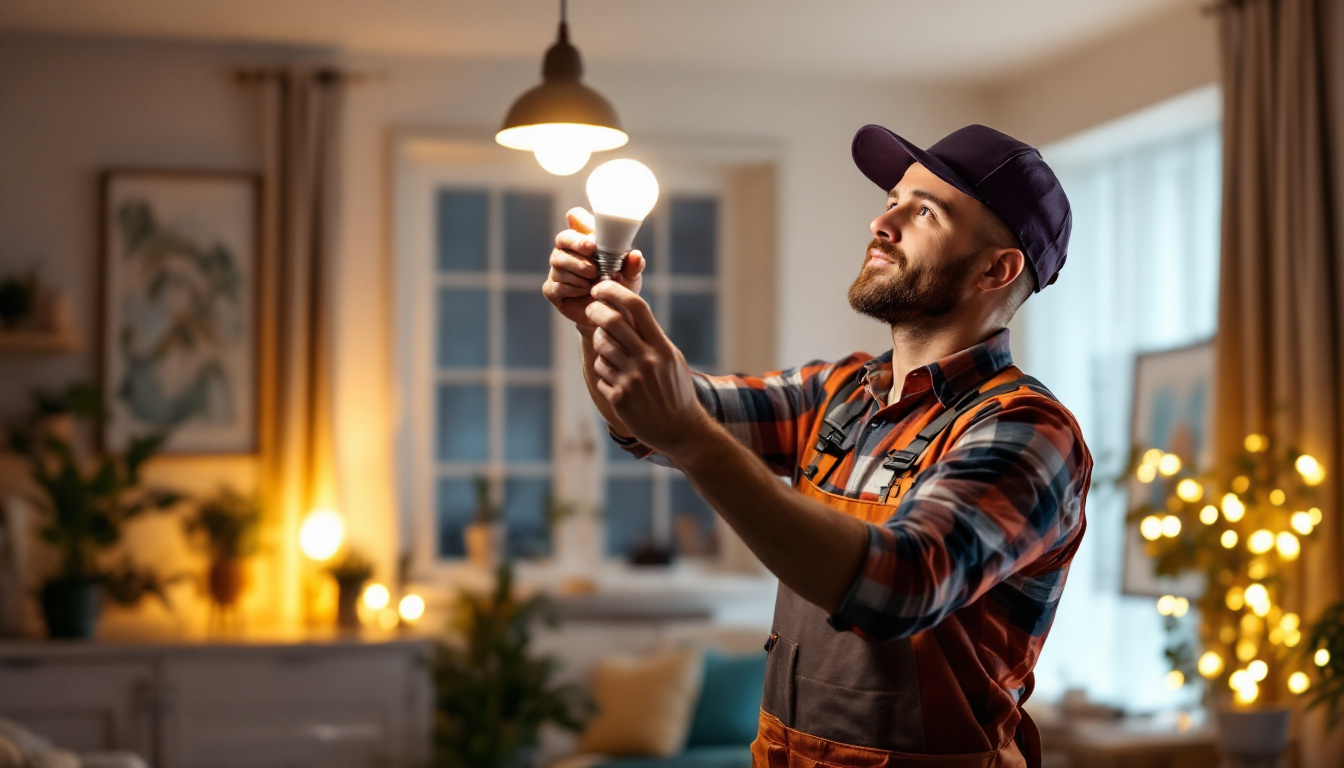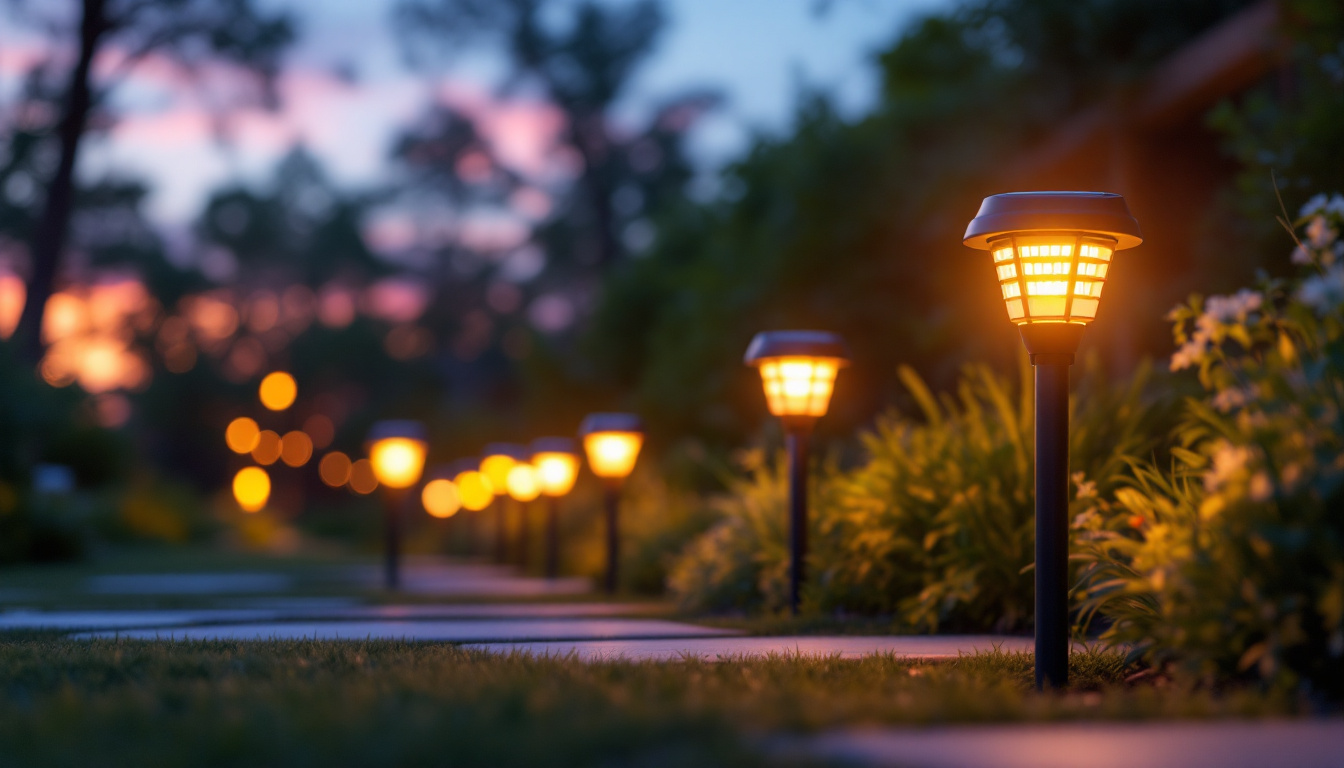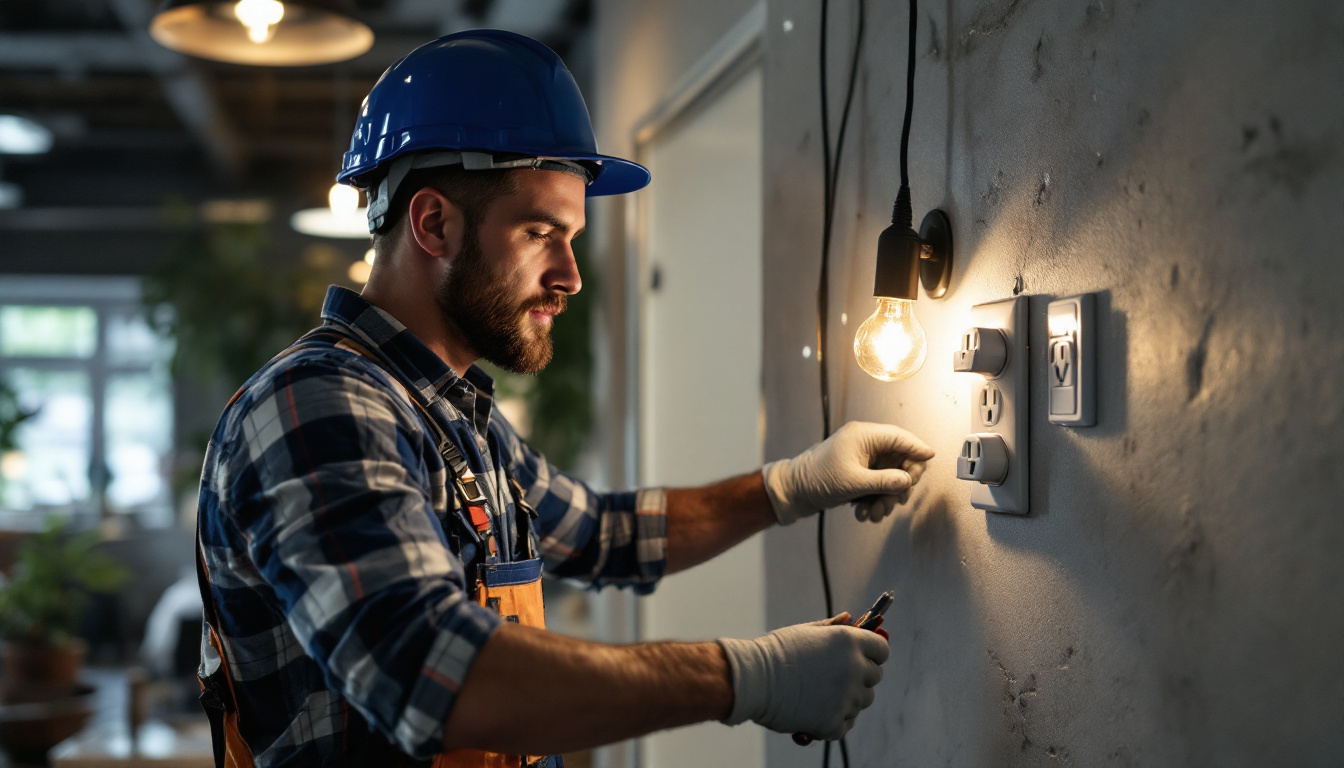
As the lighting industry continues to evolve, the adoption of energy-efficient solutions like GU24 LED bulbs has become increasingly prevalent. For lighting contractors, understanding the nuances of GU24 LED bulbs is essential for providing clients with optimal lighting solutions. This article delves into best practices for using GU24 LED bulbs, focusing on installation, compatibility, and energy efficiency.
GU24 LED bulbs are a type of compact fluorescent lamp (CFL) and light-emitting diode (LED) bulb that features a unique base design. The GU24 base is characterized by its twist-and-lock mechanism, which allows for easy installation and removal. This design not only enhances safety but also ensures a secure connection to the fixture.
GU24 LED bulbs come with several advantages that make them a preferred choice among lighting contractors. Firstly, their energy efficiency is a significant selling point. GU24 LED bulbs consume significantly less power compared to traditional incandescent bulbs, resulting in lower energy bills for clients.
Additionally, GU24 LED bulbs have a longer lifespan, often lasting up to 25,000 hours or more. This longevity reduces the frequency of replacements, which is a crucial factor for both contractors and clients looking for low-maintenance lighting solutions. Furthermore, GU24 LED bulbs emit less heat than their incandescent counterparts, making them safer to use in enclosed fixtures and reducing the risk of overheating, which can be a concern in tightly packed spaces.
These bulbs are versatile and can be used in various settings, including residential, commercial, and industrial applications. In homes, they are ideal for fixtures in kitchens, living rooms, and outdoor spaces. In commercial settings, GU24 LED bulbs can illuminate offices, retail spaces, and warehouses effectively. Their ability to provide bright, clear light makes them suitable for tasks requiring precision, such as in workshops or design studios.
Moreover, GU24 LED bulbs are available in a range of color temperatures, from warm white to cool daylight, allowing for customization based on the ambiance desired in a space. This flexibility means that contractors can tailor their lighting solutions to meet the aesthetic and functional needs of their clients, enhancing both the atmosphere and usability of the environment. Understanding the specific needs of each application can help contractors recommend the right GU24 LED bulb for their clients, ensuring optimal performance and satisfaction. Additionally, the eco-friendly nature of LED technology aligns with the growing trend of sustainable living, making GU24 bulbs a responsible choice for environmentally conscious consumers.
Proper installation of GU24 LED bulbs is crucial to maximize their performance and lifespan. Here are some best practices to consider when installing these bulbs.
Before beginning the installation process, ensure that the power is turned off at the circuit breaker. This safety precaution prevents electrical shocks and ensures a smooth installation process. Additionally, inspect the fixture for any signs of damage or wear, as this could affect the bulb’s performance.
It is also advisable to have the right tools on hand, such as a voltage tester, to confirm that the power is off. Having a clean workspace will facilitate a more efficient installation process. Furthermore, consider reviewing the manufacturer’s instructions for the specific GU24 LED bulb you are using, as there may be unique guidelines or recommendations that can enhance the installation experience. Taking a few moments to familiarize yourself with these details can save time and prevent potential issues down the line.
When installing GU24 LED bulbs, align the pins of the bulb with the slots in the socket. Gently twist the bulb until it locks into place. Avoid using excessive force, as this could damage the bulb or the fixture. Once installed, restore power to the circuit and test the bulb to ensure it is functioning correctly.
In some cases, it may be necessary to use a GU24 adapter if the fixture is not designed for GU24 bulbs. Ensure that any adapters used are compatible with LED technology to avoid issues related to overheating or flickering. Additionally, consider the orientation of the bulb within the fixture, as some designs may require the bulb to be installed in a specific direction to optimize light distribution. This attention to detail can enhance the overall lighting quality in your space, providing a well-lit environment that meets your needs.
One of the most critical aspects of working with GU24 LED bulbs is ensuring compatibility with existing fixtures and dimming systems. Understanding these factors can prevent unnecessary complications during installation and usage.
Not all fixtures are designed to accommodate GU24 LED bulbs. Contractors should verify that the fixture is rated for LED use, as some older fixtures may not support the technology. Using a bulb that is not compatible with the fixture can lead to performance issues, including flickering or reduced brightness.
When replacing traditional bulbs with GU24 LEDs, it may be necessary to upgrade the fixture. This is especially true in cases where the fixture is designed for incandescent bulbs, which typically operate at a higher wattage than LEDs.
If the installation involves dimming systems, it is essential to ensure that the GU24 LED bulbs are compatible with the dimmer switches being used. Not all LED bulbs work well with standard dimmers, which can lead to flickering or buzzing sounds. Contractors should recommend LED-compatible dimmers to clients to ensure optimal performance.
Testing the dimming functionality after installation is crucial. This step helps to identify any issues early on and allows for adjustments before the project is completed.
GU24 LED bulbs are not only beneficial for their performance but also for their energy efficiency. Educating clients about these advantages can help contractors justify the initial investment in these lighting solutions.
GU24 LED bulbs typically come with energy ratings that indicate their efficiency. These ratings can help clients understand how much energy they will save compared to traditional bulbs. For instance, a GU24 LED bulb may use only 10 watts of power while providing the same brightness as a 60-watt incandescent bulb.
Contractors should emphasize the long-term cost savings associated with GU24 LED bulbs. While the upfront cost may be higher than traditional bulbs, the reduced energy consumption and longer lifespan result in lower overall costs over time.
Using GU24 LED bulbs contributes to a more sustainable environment. By reducing energy consumption, these bulbs help lower greenhouse gas emissions associated with electricity generation. Contractors can highlight this aspect to clients who are environmentally conscious and looking for ways to reduce their carbon footprint.
Additionally, GU24 LED bulbs do not contain hazardous materials like mercury, which is commonly found in CFLs. This makes them a safer option for both consumers and the environment.
While GU24 LED bulbs are designed for longevity, proper maintenance and troubleshooting can enhance their performance and lifespan. Contractors should be prepared to guide clients on these aspects.
Encouraging clients to perform routine checks on their lighting fixtures can help identify potential issues early. This includes inspecting bulbs for flickering or dimming, which may indicate a problem with the bulb or fixture.
Cleaning the fixtures regularly is also essential. Dust and debris can accumulate over time, reducing the efficiency of the lighting. A simple wipe-down with a damp cloth can help maintain optimal brightness and performance.
If clients experience issues with their GU24 LED bulbs, such as flickering or failure to light, several troubleshooting steps can be taken. First, check the connection to ensure the bulb is securely installed. If the issue persists, testing the bulb in a different fixture can help determine whether the problem lies with the bulb or the fixture itself.
In cases where multiple bulbs are flickering, it may indicate a problem with the electrical circuit or dimmer switch. Contractors should be prepared to assess and address these issues as needed.
Effective communication with clients is vital for ensuring satisfaction and building trust. Educating clients about GU24 LED bulbs can empower them to make informed decisions regarding their lighting needs.
Contractors should provide clients with clear and concise information about the benefits and features of GU24 LED bulbs. This includes discussing energy efficiency, lifespan, and compatibility with existing fixtures. Providing brochures or digital resources can be an effective way to convey this information.
Encouraging clients to ask questions can also foster a better understanding of their lighting options. Addressing any concerns they may have will help build confidence in the contractor’s expertise.
After the installation, following up with clients can enhance their overall experience. Checking in to ensure they are satisfied with the lighting and addressing any issues that may arise demonstrates a commitment to quality service.
Offering ongoing support for maintenance and troubleshooting can also set a contractor apart from competitors. Clients appreciate knowing they have a reliable resource for their lighting needs.
GU24 LED bulbs represent a significant advancement in lighting technology, offering energy efficiency, longevity, and versatility. For lighting contractors, understanding the best practices associated with these bulbs is essential for providing clients with optimal solutions. From installation techniques to compatibility considerations, the information presented in this article serves as a comprehensive guide for contractors looking to enhance their expertise in GU24 LED lighting.
By prioritizing education, effective communication, and ongoing support, contractors can position themselves as trusted advisors in the lighting industry. As the demand for energy-efficient solutions continues to grow, embracing GU24 LED bulbs will not only benefit contractors but also contribute to a more sustainable future.
Ready to elevate your lighting game with GU24 LED bulbs and other premium solutions? Look no further than LumenWholesale, where we specialize in providing lighting contractors with the highest quality, spec-grade lighting products at unbeatable wholesale prices. Say goodbye to local distributor markups and hello to a vast selection of reliable, high-performance lighting that meets rigorous industry standards. With the added benefits of bulk buying, free shipping, and no hidden fees, LumenWholesale is your go-to source for lighting that combines quality, affordability, and convenience. Don’t compromise on your lighting needs—choose Wholesale Lighting at the Best Value today and light up your projects with confidence.

Explore the transformative journey of solar battery lights in the lighting industry, highlighting their eco-friendly innovation, cost-effectiveness, and impact on sustainable living.

Discover essential resources and expert tips for mastering the use of 4 plug outlets in lighting projects.

Discover the art and science of museum lighting with “Museum Light: The Ultimate Handbook for Lighting Contractors.” This comprehensive guide offers expert insights, innovative techniques, and practical tips to illuminate exhibits while preserving artifacts.

Discover the essential reasons why commercial wholesale lighting is a game-changer for lighting contractors.